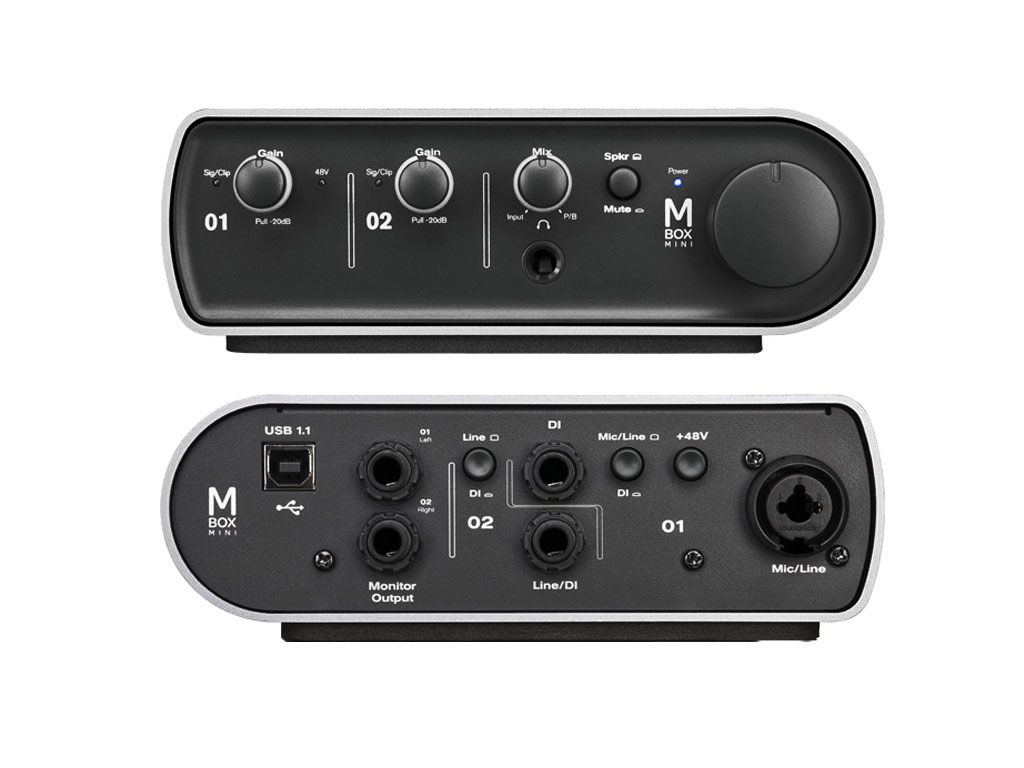

Pretectal neurons with these response properties have been termed “jerk” neurons ( Schoppmann and Hoffmann, 1979 Ballas and Hoffmann, 1985). Specifically, pretecto-pulvinar (PT-PUL) cells have large receptive fields, are not directionally selective, and-have been shown to respond with a short burst of action potentials in response to rapid, jerk-like stimulus displacements ( Sudkamp and Schmidt, 1995). Likewise, the feline PT contains a variety of cell types that are active during saccadic eye movements or in response to the movement of visual stimuli ( Hoffmann and Schoppmann, 1975 Schoppmann and Hoffmann, 1979 Ballas and Hoffmann, 1985 Hoffmann and Distler, 1989 Schmidt and Hoffmann, 1992 Sudkamp and Schmidt, 1995 Schmidt, 1996 Missal et al., 2002). The PUL contains neurons that respond to movements in the visual field and also during saccadic eye movements (for review, see Chalupa, 1991 Casanova, 2003). The feline pulvinar nucleus (PUL) receives input from the pretectum (PT Graybiel, 1972 Berman, 1977 Itoh, 1977 Berson and Graybiel, 1978 Graybiel and Berson, 1980 Weber et al., 1986 Schmidt et al., 2001), as well as a wide array of visual cortical areas ( Raczkowski and Rosenquist, 1983 Baldauf et al., 2005).

The GABAergic pretectal fibers, however, may provide a more widespread influence on thalamic activity. Taking existing physiological and our present morphological data into account, we suggest that, in addition to the parietal cortex, the non-GABAergic PT-PUL projection may also strongly influence PUL activity. We also examined the neurochemical nature of PT-PUL cells labeled by retrograde transport and found that most are non-GABAergic cells (79%) and devoid of calbindin. These GABAergic pretectal terminals are smaller, beaded fibers that likely branch to bilaterally innervate the PUL and dLGN, and possibly other targets. The PT additionally provides GABAergic innervation to the PUL (27.6% of the ipsilateral projection), which chiefly contacts relay cell dendrites (84.6%) but also GABAergic profiles (15.4%).

We found that the main projection from the PT to the PUL is an ipsilateral, non-GABAergic projection (72.4%) that primarily contacts thalamocortical cell dendrites (87.6%), and also the dendritic terminals of interneurons (F2 profiles 12.4%). By using postembedding immunocytochemical staining for γ-aminobutyric acid (GABA), we additionally determined whether PT-PUL terminals or their postsynaptic targets were GABAergic. We examined the morphology and synaptic targets of pretecto-pulvinar (PT-PUL) terminals labeled by anterograde transport in the cat. The pretectum (PT) can supply the pulvinar nucleus (PUL), and concomitantly the cortex, with visual motion information through its dense projections to the PUL.


 0 kommentar(er)
0 kommentar(er)
